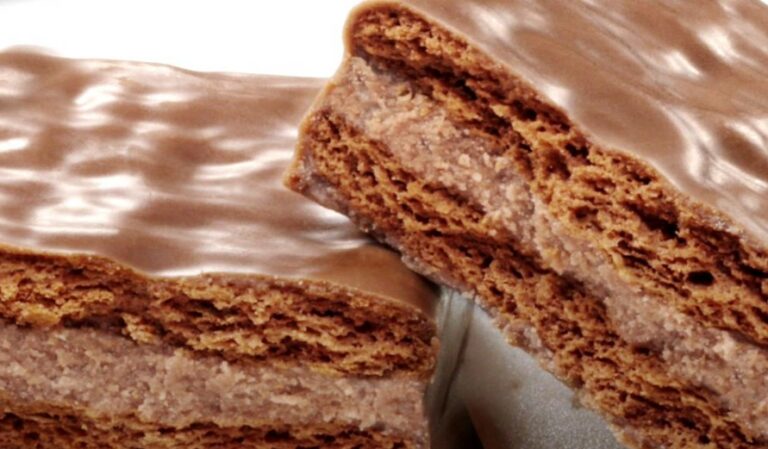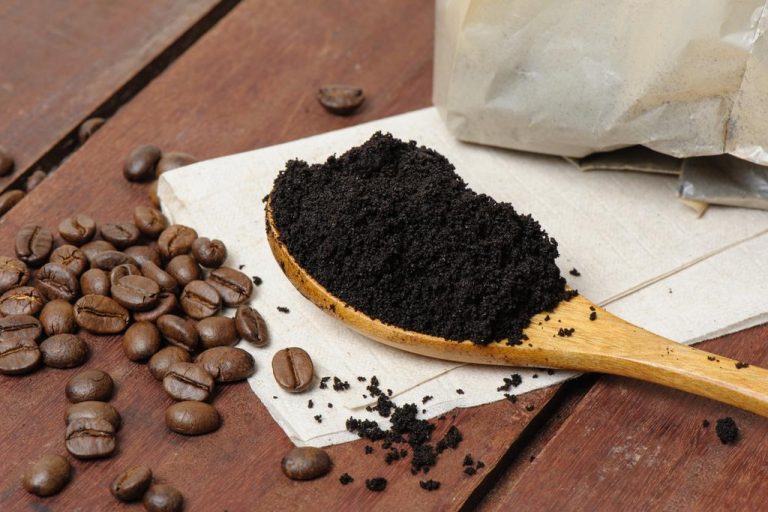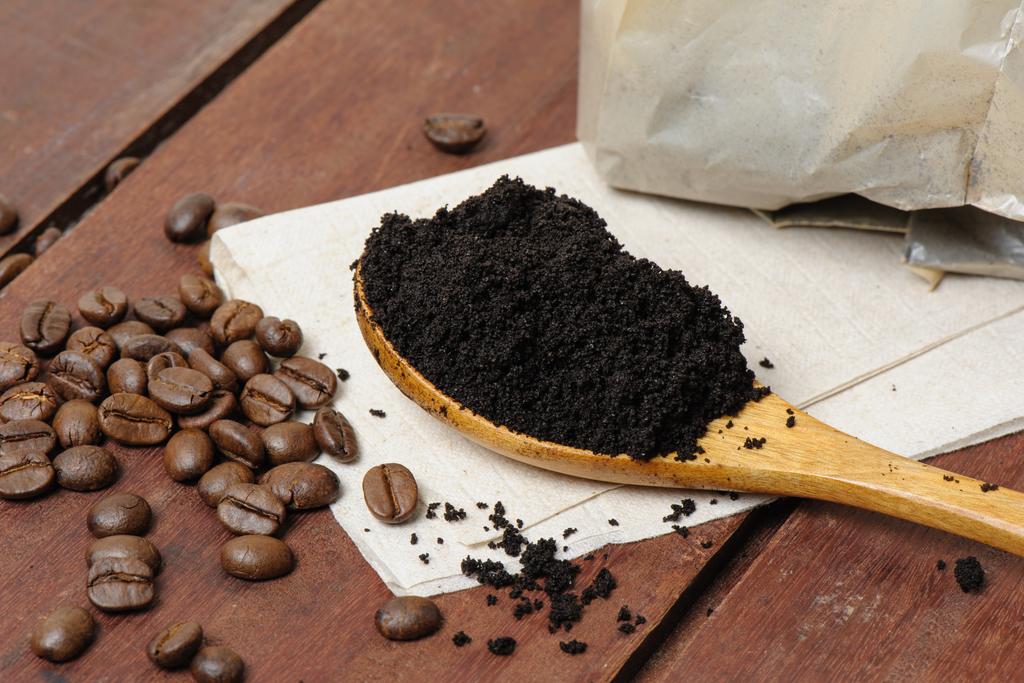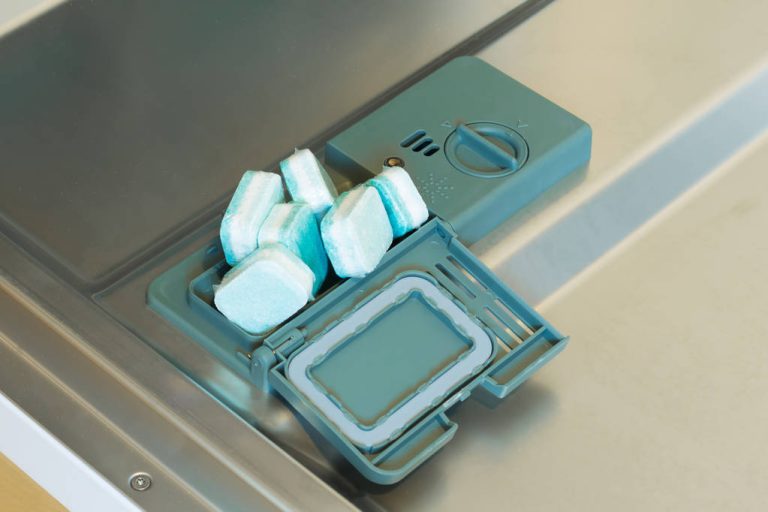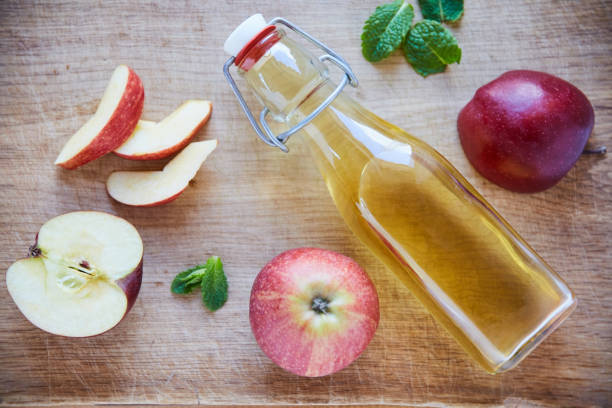Useful application tips for lemons and citric acid in home remedies. So you use it as a cleaning agent or you can use it to alleviate health problems.
Lemons have many uses in the home. You can use it to remove limescale and rust. Bad smells and wasps can also be driven away with it. In addition, you can strengthen your immune system with the power of lemon.
The Story of the Lemon
The yellow fruit was only referred to as a lemon in the Middle Ages. Lemons have also found their way to Germany since the mid-16th century. Most of the world’s lemons come from Mexico and India. And the largest European producer is Spain, followed by Italy. Lemons serve people all over the world as food and have great benefits for healing due to the medicinal properties of the acid. Therefore, it is one of the economically important fruits. It is also believed that lemon juice was used as a contraceptive in the mid-18th century without success.
Medicinal properties of lemon

Nowadays, lemon is often used to refine cooking and baking. We also use it as a home remedy for colds, as it can help strengthen the immune system in the form of lemon juice. It also has a draining and diuretic effect, which is why it can drive toxins out of the body. But it is also indispensable in the household as a cleaning agent due to the citric acid it contains. Because it also has a disinfecting and cleaning effect.
The difference between lemon juice and citric acid
Lemon juice and citric acid are not the same. Because lemon juice describes the liquid that is obtained from the lemons. Meanwhile, citric acid is produced industrially through fermentation. With the help of mold, sugar is converted into acid and salts. But lemon juice also contains citric acid, but only in small concentrations.
Citric acid and lemons in the home
Citric acid is mainly used in cleaning. Since lemons also contain citric acid, they can also be used as a cleaning aid. She and her acidic juice find a variety of uses in every household. And is a good way to work more environmentally friendly in the household.
In addition, many cleaning and cleaning agents have a fresh lemon scent. This is why we associate the smell with cleanliness. You can also use the fruit as a miracle cure for diseases and various ailments. Consequently, we have collected the main uses of lemon:
1) Citric acid as a descaler
You can use citric acid to descale your washing machine and dishwasher. Limescale deposits can also be removed from other household appliances. To do this, dilute the citric acid with water and put it in the drum of your washing machine. Tile cleaning also works with a little lemon essence and limescale can be removed so easily.
2) Use as a fabric softener
You can also do without the fabric softener. Instead, take a squeezed lemon half to the washing machine. The remaining citric acid ensures soft laundry and a pleasant scent from the lemon peel. In addition, learn about other environmentally friendly detergent alternatives to make your own.
3) Neutralize odors with lemon
To get rid of the unpleasant smell of a smelly fridge or stinky sneakers, it is a good idea to put half a lemon in the fridge or in the sneakers. The lemon soaks up the bad odors and also absorbs a fresh lemon scent.
4) Clean the kitchen with lemons
Natural home remedies are often sufficient as cleaners for cleaning the kitchen. This includes the lemon. You can use it to clean cutlery that smells like fish. Or use lemons to clean breakfast boards. Ultimately, you can use the lemons as a cleaning agent in many different ways and they are cheap. You can use it to clean your bathroom too.
5) Clean chrome with citric acid
You can also effectively clean chrome and chrome parts with lemon. For this use commercially available lemon juice from the yellow plastic lemons. Then drip a little onto the chrome parts and polish with a cloth. As a result, the acid dissolves the dirt, leaving the fixtures sparkling clean. In addition, this household remedy is suitable for cleaning metal.
6) Remove rust with citric acid
If you have a rusty pan, you can remove it with powerful citric acid. To do this, add lukewarm water and citric acid to heavily rusted pans or pots and let the mixture take effect. Then rinse and clean with a sponge.
In contrast, if there is little rust, you can pour the mixture directly onto the sponge and use it to clean the affected areas. In addition, note other home remedies for removing rust.
7) Clean baking sheet effectively
You can also effectively clean your baking sheet with home remedies such as lemon juice. To do this, fill the tray with water and lemon juice or commercial citric acid. Then put the baking sheet in the oven at around 120 degrees. This should loosen the dirt. As a result, you can simply wipe it off with a kitchen towel afterward.

8) Clean the oven with lemons
You can just as easily clean your entire oven with lemon. After that, the oven is not only clean but bad smells are gone. All you need is fresh lemon.
9) Remove dirt from the hob
Removing burnt-in dirt from the hob can be easy. Use lemon juice for this. Because it also removes stubborn dirt. So rub the juice in well with a cloth. Then leave it on for 20-30 minutes. Finally, you can remove the dirt with water.
10) Clean washing machine with citric acid
To avoid smelly laundry, you should clean your washing machine regularly. You can use the natural home remedy baking soda and lemon. Accordingly, you can easily rid the detergent compartment of bacteria by letting it work in a lemon powder-water mixture. Here, take 3 tablespoons of lemon powder and 1 liter of water. Finally, rinse everything off well.


